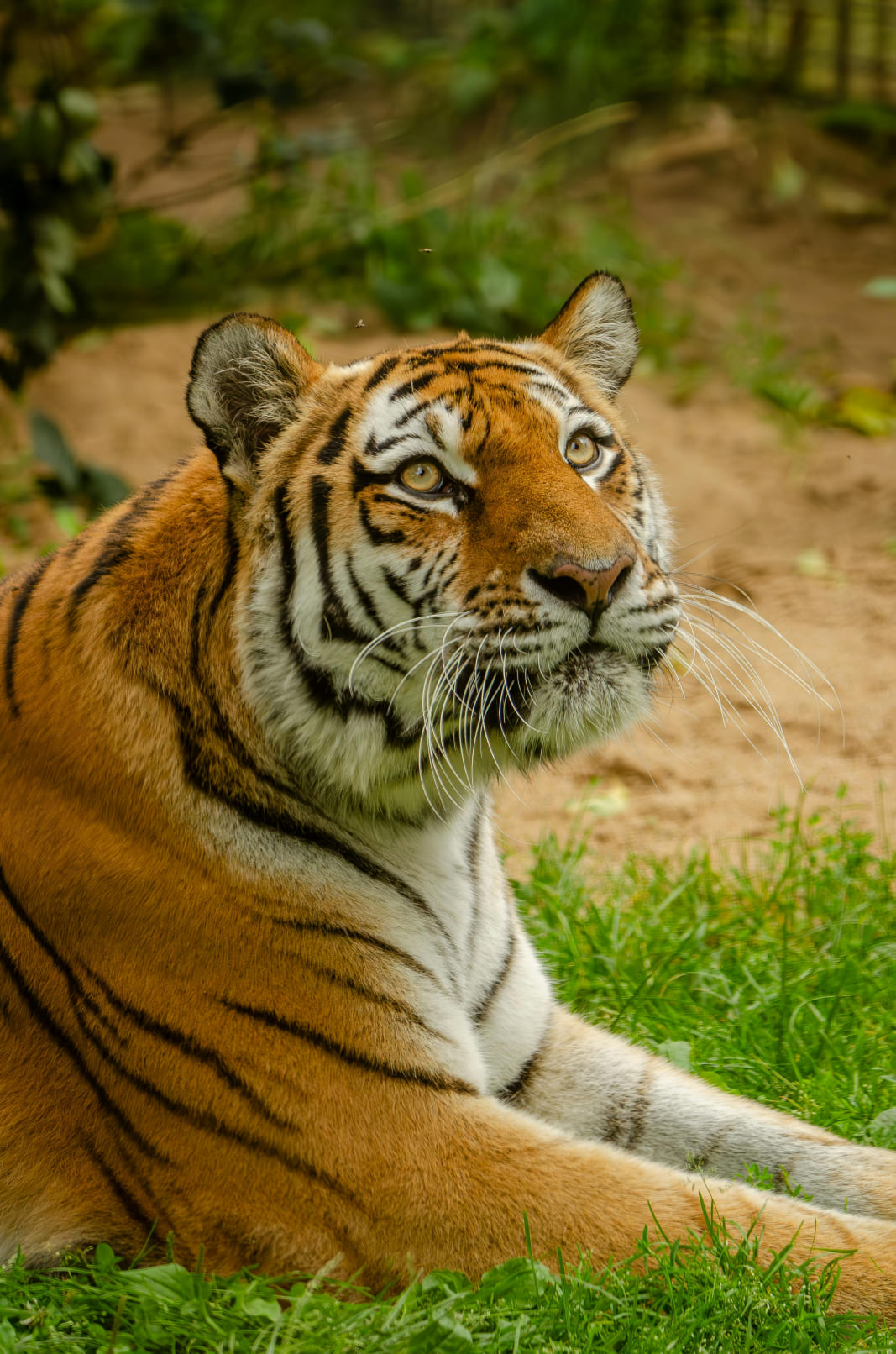
Tiger
The tiger is one of nature’s most awe-inspiring creatures, symbolizing power, courage, and stealth. These majestic big cats are native to Asia, where they inhabit a wide range of ecosystems, including tropical forests, mangroves, and snowy taigas. Their striking orange fur with black stripes serves as natural camouflage, blending perfectly into their surroundings. Each tiger’s stripe pattern is unique, functioning as a distinctive identifier much like human fingerprints.
Tigers are apex predators, known for their solitary hunting style. Unlike pack animals, they rely on their own strength and stealth to ambush prey. A tiger’s diet typically consists of deer, wild boar, and other large mammals, but they are highly adaptable and can eat smaller prey when necessary. Equipped with powerful jaws, sharp claws, and incredible speed, tigers can take down animals much larger than themselves. Their hunting technique is as strategic as it is efficient: they patiently stalk their prey, remaining silent until the perfect moment to strike.
There are six living subspecies of tigers, including the Bengal, Siberian, and Sumatran tigers, each adapted to its unique habitat. Sadly, tigers are endangered due to poaching, habitat destruction, and human-wildlife conflict. With fewer than 4,000 tigers left in the wild, their survival depends on global conservation efforts.
Zoos play a critical role in tiger conservation. By participating in breeding programs and raising awareness, zoos help maintain genetic diversity and educate the public about the importance of preserving tiger habitats. Enclosures designed to mimic their natural environments allow tigers to thrive while giving visitors an up-close view of these incredible animals. Through conservation efforts, tigers remain a symbol of nature’s beauty and resilience.